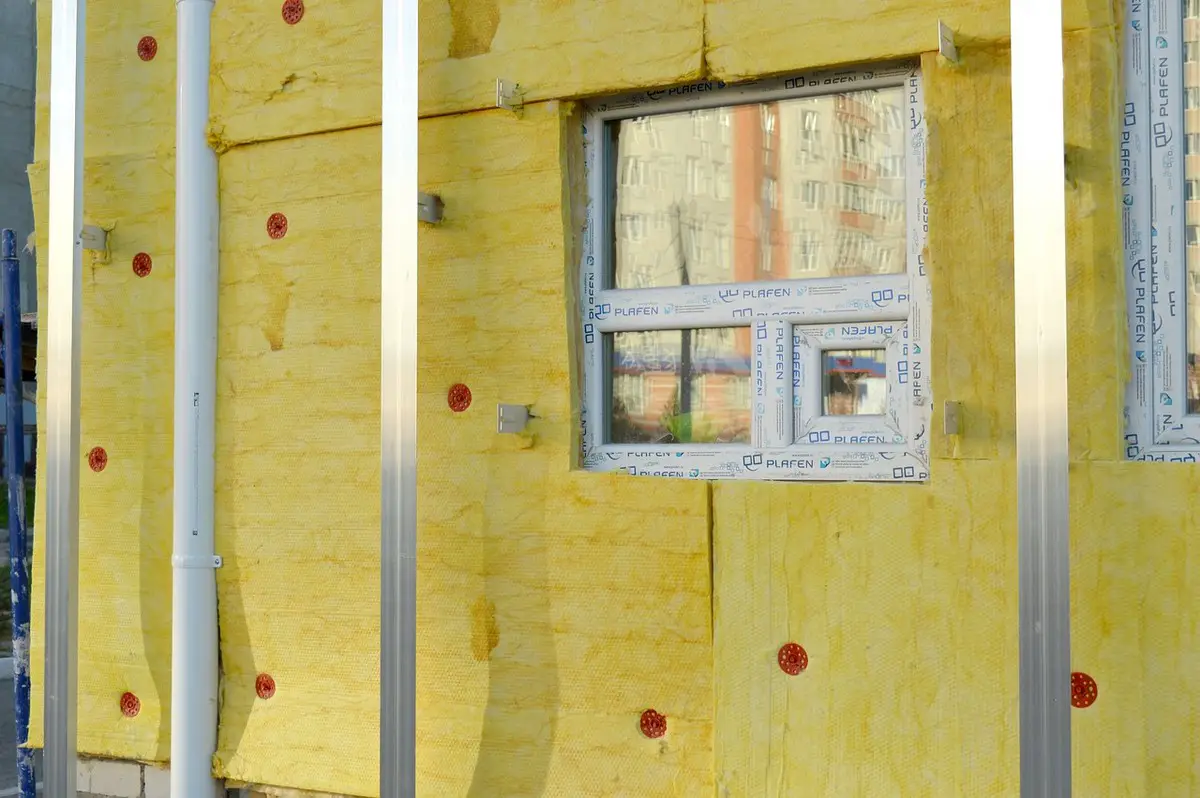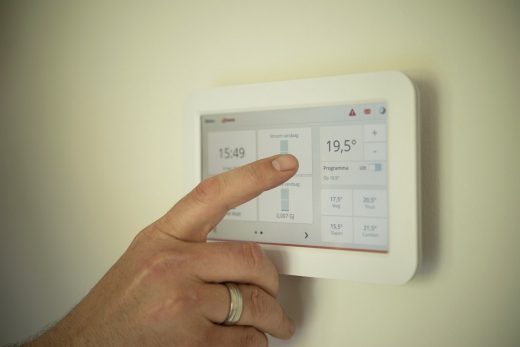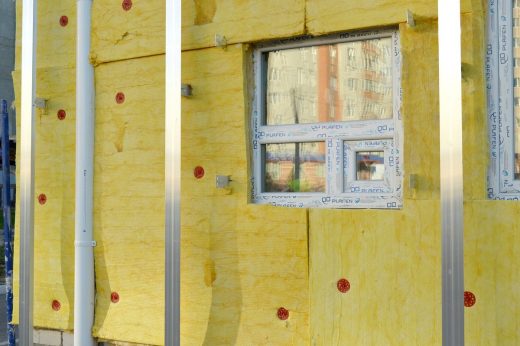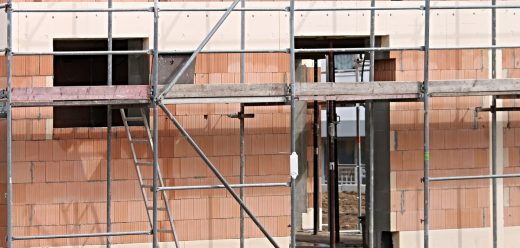Role of insulation in indoor air quality guide, Property energy saving tips, Creating a healthier home environment, Cost advice
The Role of Insulation in Indoor Air Quality: Creating a Healthier Home Environment
12 April 2024
Proper insulation in your home doesn’t just keep you warm in the winter and cool in the summer; it plays a crucial role in ensuring the air you breathe indoors is clean and healthy. The quality of indoor air is an important aspect of creating a healthier living environment, as it can significantly affect our well-being, productivity, and comfort.
A well-insulated home can minimize the infiltration of outdoor pollutants and allergens, reduce the risks of mold growth by controlling moisture, and help maintain a consistent indoor temperature, contributing to overall better air quality.
In this article, we’ll explore how insulation impacts indoor air quality and why it should be a key consideration in home improvement and design strategies.
The Importance of Indoor Air Quality
Indoor air quality refers to the level of pollutants, allergens, and other harmful substances present in the air inside a building. These can include gases like carbon monoxide, volatile organic compounds (VOCs), and particulate matter such as dust, pollen, and mold spores.
Poor indoor air quality can lead to a range of health problems, including respiratory issues, headaches, fatigue, and allergies. It can also exacerbate existing conditions like asthma and increase the risk of developing lung cancer. The World Health Organization estimates that around 4.3 million people die each year from exposure to household air pollution.
Given that most people spend a significant amount of time indoors, whether at home or in the workplace, the quality of indoor air is a crucial factor in our overall health and well-being. Discover more expert-backed strategies for healthier living on Healthnews.
How Insulation Affects Indoor Air Quality
Insulation plays a vital role in maintaining good indoor air quality by creating an effective barrier between the indoors and outdoors. Here are some specific ways insulation impacts the air we breathe:
- Minimizes Outdoor Pollutants: Insulation helps to seal any gaps or cracks in your home’s exterior, preventing outdoor pollutants from entering. This is especially important if you live in an urban area with high levels of air pollution.
- Controls Moisture: Proper insulation can prevent moisture from entering your home, reducing the risk of mold growth. Mold can release spores into the air, causing respiratory problems and allergies.
- Reduces Energy Consumption: With proper insulation, your home can maintain a consistent indoor temperature, reducing the need for artificial heating or cooling. This not only saves energy but also minimizes the release of harmful gases from fuel-burning appliances like furnaces and stoves.
Choosing the Right Insulation for Better Indoor Air Quality
When it comes to selecting insulation for your home, it’s crucial to consider both its thermal properties and its impact on indoor air quality. Here are some factors to keep in mind:
- Material: Some types of insulation, such as fiberglass, emit small amounts of VOCs when installed. It’s essential to research the materials used in the insulation you’re considering and opt for low-emitting options.
- Location: Insulation placed in high-humidity areas, such as attics and basements, should be mold-resistant to prevent any potential growth. Air sealing an attic is crucial for maintaining good indoor air quality.
- Proper Installation: Proper installation is crucial for insulation to be effective in maintaining good indoor air quality. Improper installation can leave gaps or compress the material, compromising its thermal resistance and allowing pollutants to enter your home.
Other Ways to Improve Indoor Air Quality
While proper insulation is a crucial factor in maintaining good indoor air quality, there are other steps you can take to improve it, such as:
- Regular Cleaning and Ventilation: Regularly cleaning and vacuuming your home can help remove dust, pet dander, and other pollutants. Opening windows and increasing ventilation can also help circulate fresh air and reduce the buildup of toxins.
- Indoor Plants: Certain plants, such as spider plants and peace lilies, are known for their ability to purify indoor air by absorbing harmful chemicals like formaldehyde and benzene.
- Avoiding Harmful Chemicals: Opting for natural cleaning products and avoiding the use of aerosol sprays and scented candles can also help reduce the release of harmful chemicals into your home.
Additional Factors to Consider
- Air Filtration Systems: Installing a high-quality air filtration or purification system can significantly improve indoor air quality by removing pollutants, allergens, and particulates from the air. Look for systems that feature HEPA filters, which are capable of capturing particles as small as 0.3 microns, ensuring that the air in your home is free from most airborne contaminants.
- Humidity Control: Maintaining the correct level of humidity in your home is essential for both comfort and health. High humidity levels can encourage the growth of mold and dust mites, while low humidity can exacerbate respiratory conditions and skin irritation. Utilizing dehumidifiers or humidifiers, depending on the need, can help keep humidity levels within the ideal range of 30% to 50%.
- Proper Ventilation: Adequate ventilation is crucial for replacing stale indoor air with fresh outdoor air, reducing the concentration of indoor pollutants. Incorporating a balanced ventilation system, such as an HRV (Heat Recovery Ventilator) or an ERV (Energy Recovery Ventilator), can efficiently exchange indoor air without compromising the home’s thermal comfort.
- Radon Testing and Mitigation: Radon, a colorless and odorless gas, has been identified as a significant risk factor for lung cancer. Testing your home for radon levels and taking necessary mitigation measures if high levels are detected can prevent long-term health risks.
- Smart Home Technologies: Leveraging smart home technologies, including air quality monitors and smart thermostats, can provide real-time feedback on your indoor environment, allowing for adjustments to improve air quality. These smart devices can automatically adjust settings in response to changes in indoor air quality, ensuring an optimal living environment.
- Eco-friendly Building Materials: When renovating or improving your home, choosing eco-friendly and low-emission building materials and finishes can reduce the off-gassing of VOCs, which contributes to indoor air pollution. Materials such as low-VOC paint, bamboo flooring, and formaldehyde-free cabinetry are healthier choices that can significantly impact indoor air quality.
Role of insulation in indoor air quality Conclusion
Insulation plays a critical role in maintaining good indoor air quality, but it’s just one piece of the puzzle. By considering factors such as material selection, proper installation, and implementing other measures like regular cleaning and using eco-friendly products, we can create a healthier living environment for ourselves and our families.
With increasing awareness about the impact of indoor air quality on our health and well-being, it’s essential to make informed decisions about our homes’ insulation and overall indoor environment. So, take the time to research and consult with professionals to ensure that your home is adequately insulated and promotes good indoor air quality.
Comments on this guide to Role of insulation in indoor air quality article are welcome.
External Wall Insulation
Building Wall Insulation Posts
Things to check while selecting commercial insulation
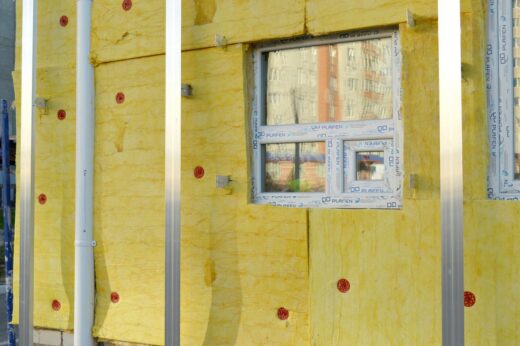
Benefits of External Wall Insulation
Cold-proof your home for winter
Reduce home heating costs with spray foam insulation
Building
Residential Architecture Articles
Comments / photos for the Role of insulation in indoor air quality advice page welcome

